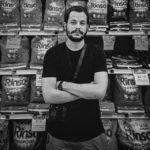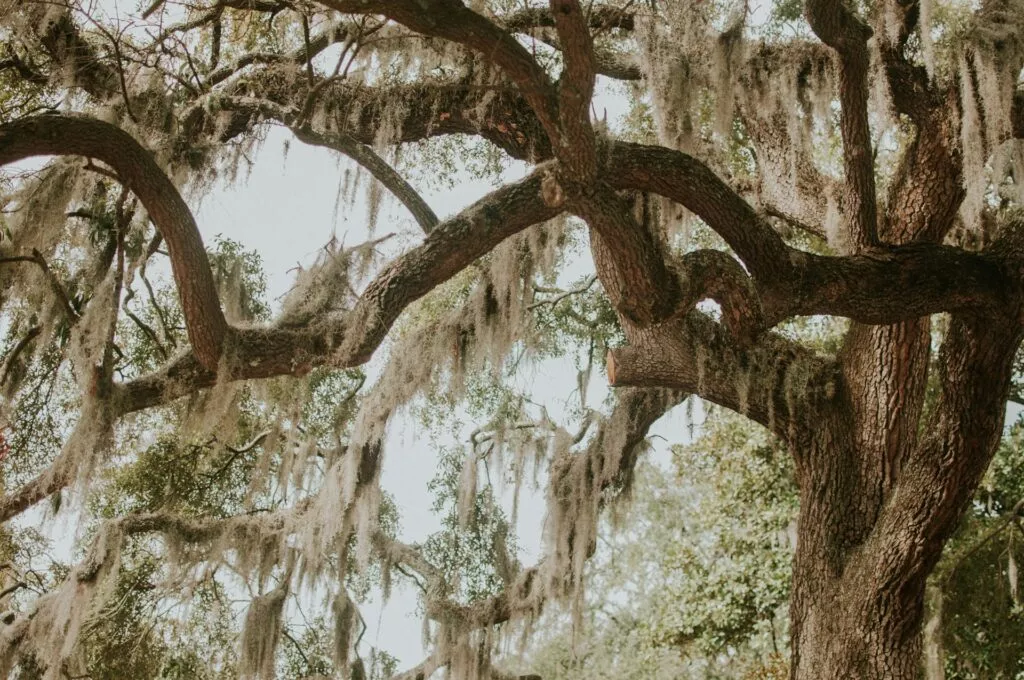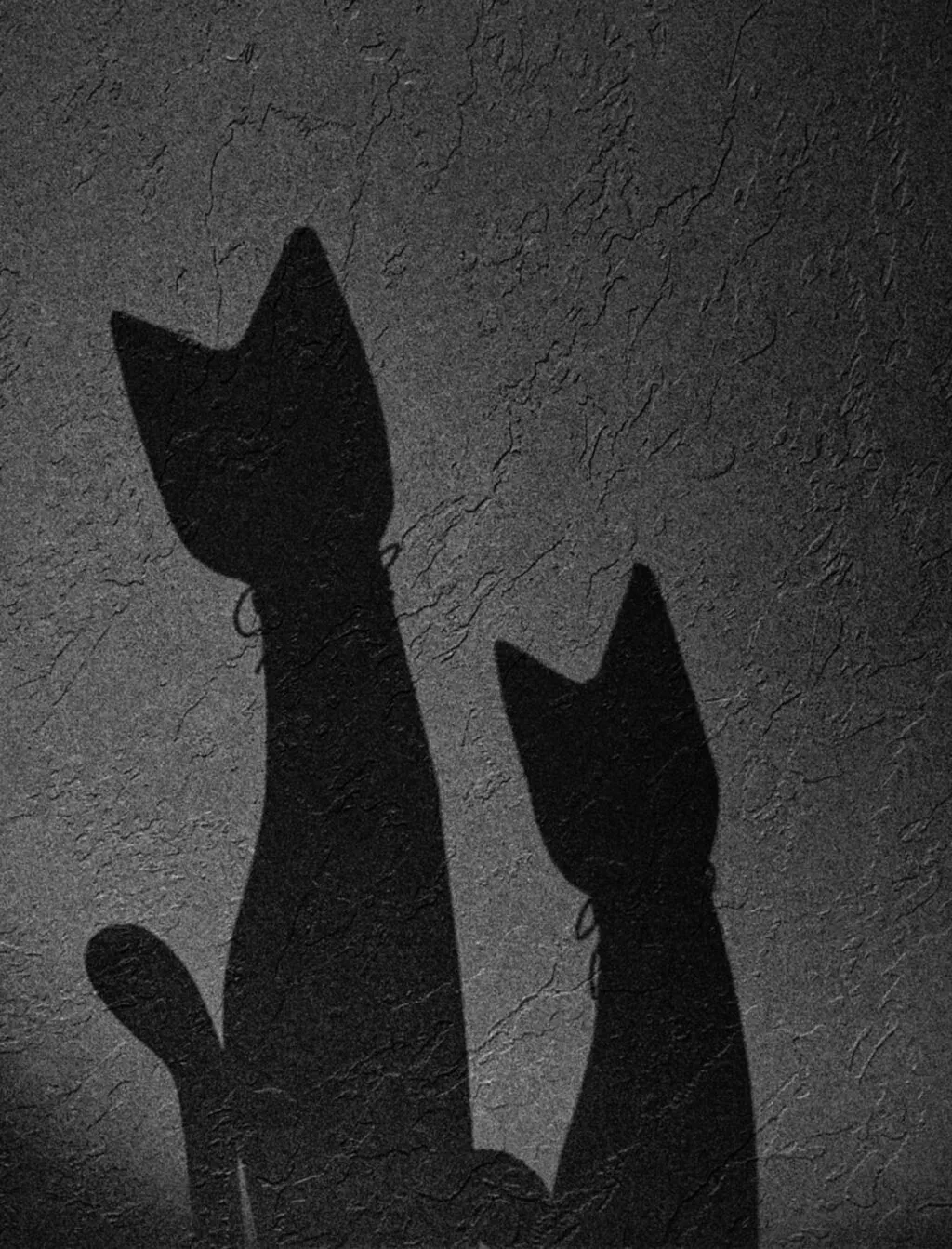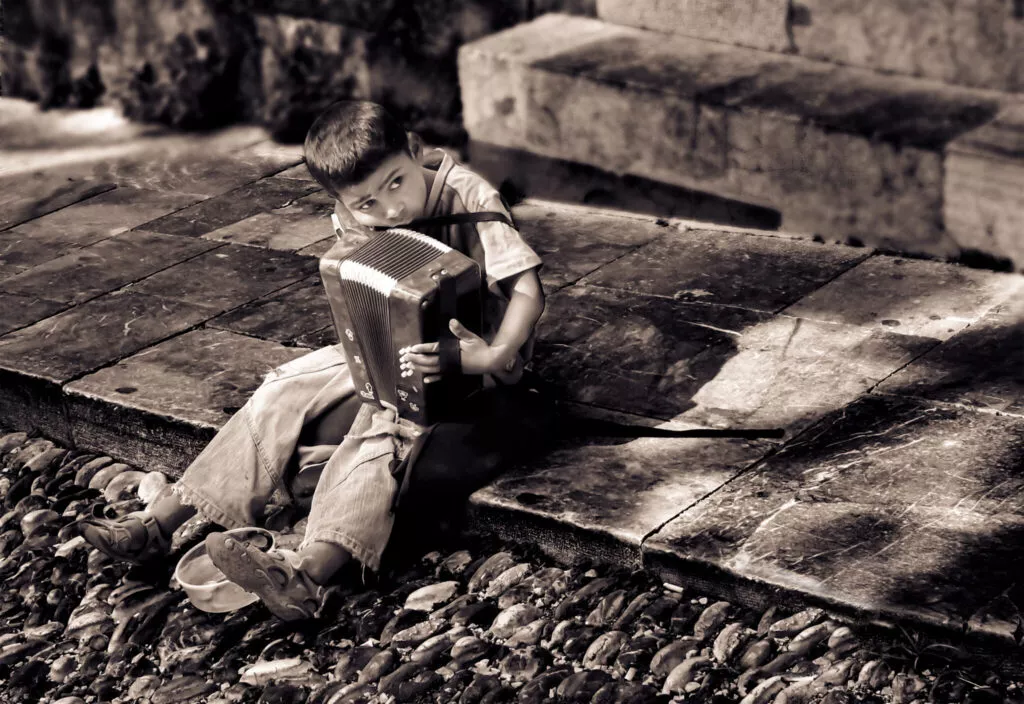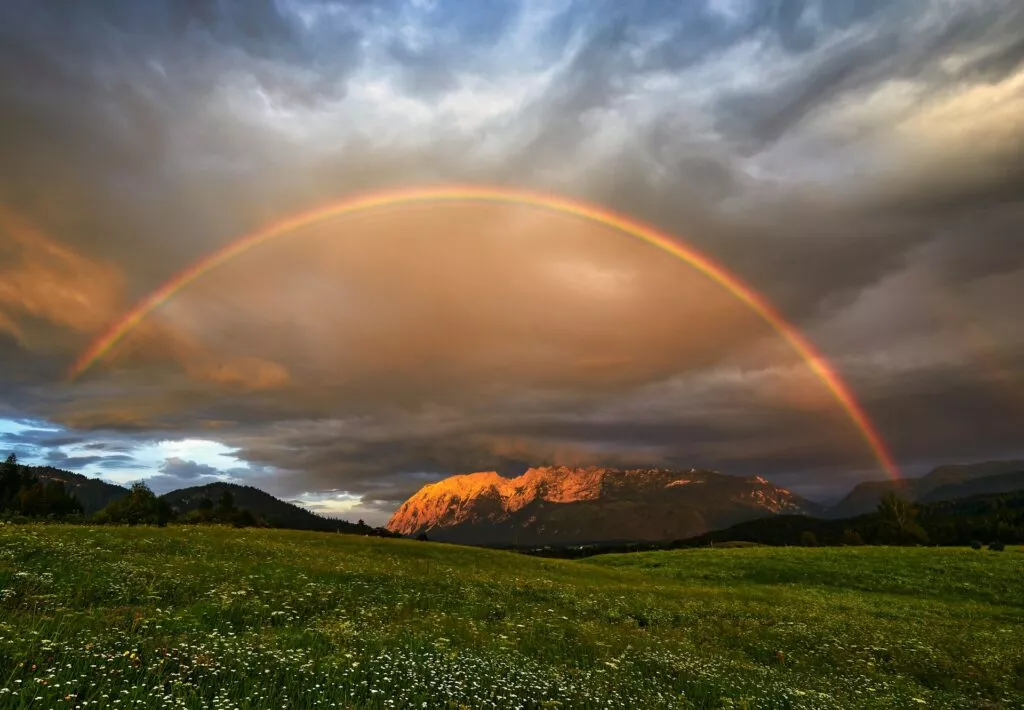“Make the picture, just make the picture.
You've got the rest of your life to figure out what it means.”
Keith Carter
We all love talking about the imagery of the great masters of the past – but what about today’s great photographers? The ones who are not so famous and have impressive, massive works? In the following paragraphs, in alphabetical order, you’ll find ten great photographers who are not photography superstars but have produced a breathtaking body of work.
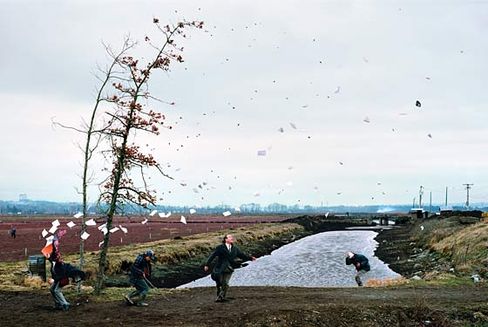
Chema Madoz (1958 – )
Defining surrealism is sometimes tricky because many people tend to define it through fantasy and abstraction. Etymologically, surrealism means “above realism”, which means that the realistic component should be obvious. Personally, I have always seen Madoz's work as the greatest way to illustrate the idea of surrealism. Through elegant, simple and mind-blowingly obvious arrangements, he achieves a surrealistic opus like no other photographer. If you love surrealism, this is your guy.
You can see more of his delightful work here.
Colita (1940 – )
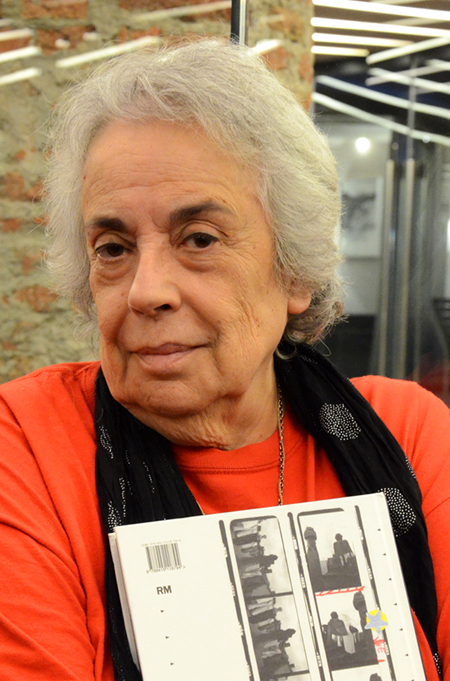
Colita is one of the most important Catalan and Spanish photographers. The first time I saw the work of Isabel Steva i Hernández (a.k.a. Colita), I couldn't stop giggling at some of her images. Besides her great eye for capturing intimate moments, I also found humor in some of the pictures of hers, which I discovered in a small photo book I found at a local library. I’ve always said that humor may be the most difficult thing to achieve because it requires a lot of intelligence. The best humor is the kind that stops short of mockery and makes you think.
You can get lost with her work here. Check her out. She’s amazing.
Duane Michals (1932 – )
Duane Michals is an American photographer. His photographic work was known in the seventies for his presentation of sequences and the incorporation of texts as elements of the photos. He is considered one of the main representatives of conceptual and philosophical photography. In his work, we can get a clear idea of what the “Narrative Photograph” is. He is considered one of the pioneers of conceptual photography as we know it today because he spends a lot of time thinking through the images he’s going to create even before he even loads a roll of film into the camera.
We can see great examples of his work here.
Ellen Kooi (1962 – )
Kooi is a Dutch artist and photographer currently based in Haarlem, the Netherlands. Her work is a delight if you are into scenographic and theatrical images. Her work was likely influenced by the landscape painters of the Dutch Golden Age. Her work explores humanity’s intimate interactions with natural surroundings. From unsettling landscapes to often populated scenes, her art is a consistent form.
She is part of a group of photographers known as the “New Dutch Photography” movement that became popular after the 1980s. This group is largely known for scenographic photographs that juxtapose imagination with reality.
You can see more work of Ellen Kooi here.
Javier Silva Meinel (1949 – )
Meinel is a Peruvian photographer, perhaps one of the leading contemporary photographers from Peru. His work jumps between straightforward documentary photography and conceptual photography. His comprehension of the rituals of the Andean region enabled him to take documentary photography to a whole new level. He is known for his patience since he loves to wait and observe things first. This attitude, which combines both reflection and photographic intuition, has been crucial in allowing Javier to create perhaps the most astonishing imagery of the Peruvian culture we have.
You can see more of his bold work here.
Jeff Wall (1946 – )
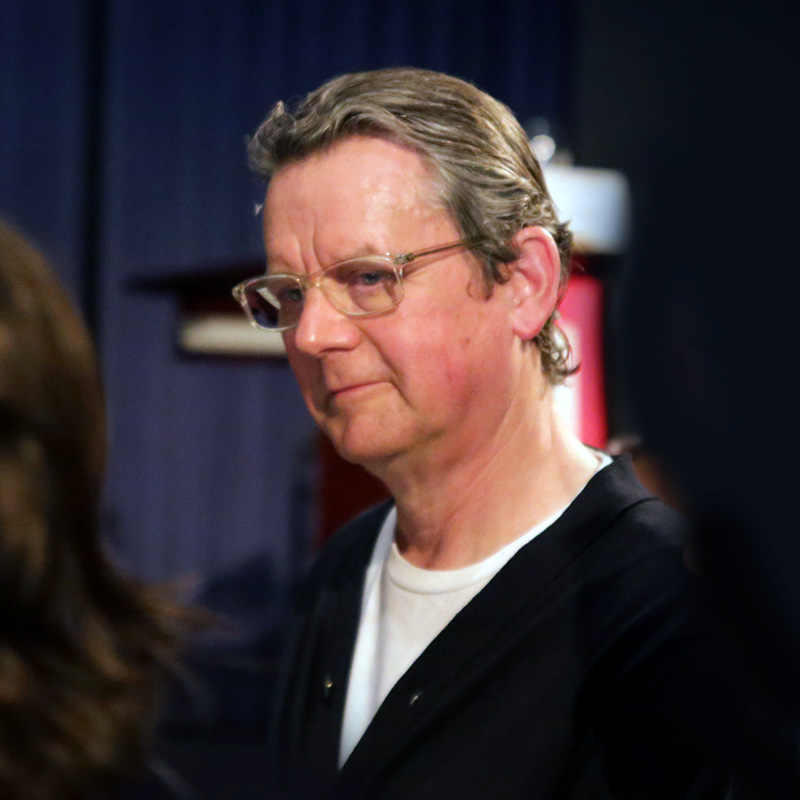
From the people on this list, Jeff Wall is perhaps the best known. He is lives and works in Vancouver, Canada. Wall is a key figure in the art scene; in 2002 he was awarded the prestigious Hasselblad Prize. His work has helped define photo-conceptualism. His photographs are often carefully planned, like a scene in a movie, with full control of every detail. The topics covered in his photographs – including urban violence, racism, poverty, and gender and class conflicts – are both social and political.
You can see more of his work here. A personal favorite of mine is this one, which has very obvious influence from Hokusai.
Keith Carter (1948 – )
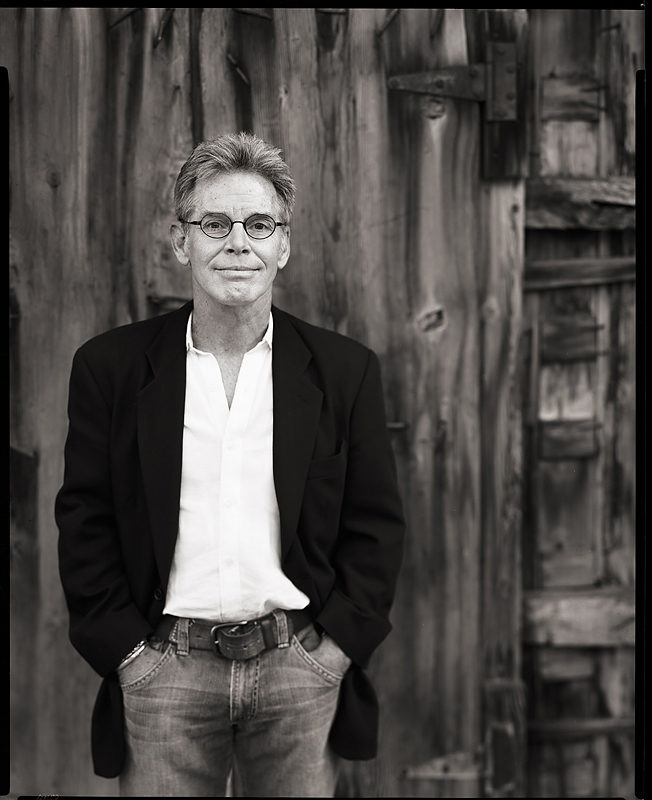
I recently discovered the work of Keith Carter thanks to Ted Forbes, and I'm on the hunt for this book of his. Carter has been described over the years as a “transcendental realist” and “a poet of the ordinary”. He works with the old chemical processes, like Wet Plate Collodion, that are highly acclaimed for their look. He has been exploring relationships that are timeless, enigmatic and mythological. Spanning the animal world, popular culture, folklore, and religion, his photographs attempt to reflect hidden meanings in the real world.
His most acclaimed photograph is this one. It really is an amazingly enigmatic photograph.
Wang Qingsong (1966 – )
Wang Qingsong is a Chinese photographer who addresses the rapidly changing society of China. His images are digitally enhanced photographs that deal with social conflicts in the current world. His work is a clear representation of how society has been dealing with the proliferation of Western consumerism in China in the recent years. He has an innovative approach towards the way the world works, and he thinks it is meaningless for an artist to only create work for art's sake. He preaches that it is absurd for any artist to ignore the things happening in society itself.
Many of his images are amazing pieces of art, but I will leave only three pieces here for you to contemplate:
– Temple

